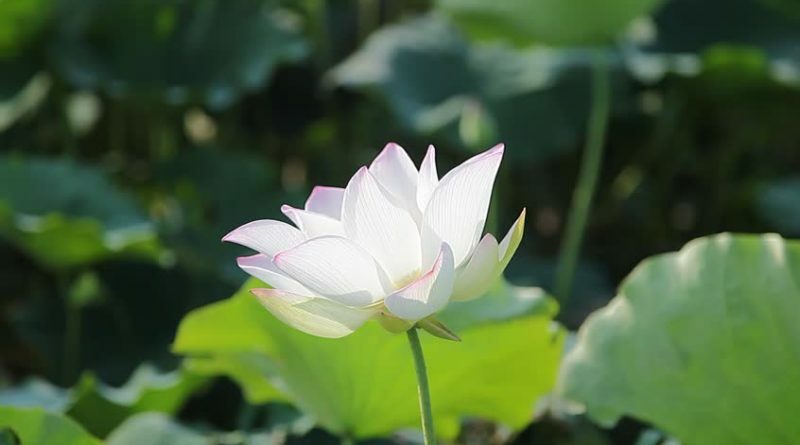GLOSSARY
Glossary
Ajaan (Thai): Teacher; mentor.
Arahant: A person who has abandoned all ten of the fetters that bind the mind to the cycle of rebirth, whose heart is free of mental defilement, and is thus not destined for future rebirth. An epithet for the Buddha and the highest level of his Noble Disciples. Sanskrit form: arhat.
Bodhisatta: A person aspiring to Buddhahood. Sanskrit form: bodhisattva.
Deva: Literally, “shining one.” An inhabitant of the terrestrial and heavenly realms higher than the human.
Dhamma: (1) Event; action. (2) A phenomenon in and of itself. (3) Mental quality. (4) Doctrine, teaching. (5) Nibbana (although there are passages in the Pali Canon describing nibbana as the abandoning of all dhammas). Sanskrit form: dharma.
Hinayana: The “lesser” vehicle. A perjorative Mahayana term for any Buddhist tradition that extols the path to arahantship.
Jhana: Mental absorption. A state of strong concentration focused on a single sensation or mental notion. Sanskrit form: dhyana.
Kamma: Intentional act. Sanskrit form: karma.
Khandha: Aggregate; heap; pile. The aggregates are the basic building blocks of describable experience, as well as the building blocks from which one’s sense of “self” is constructed. There are five in all: physical form, feeling, perception, thought-fabrications, and consciousness. Sanskrit form: skandha.
Mahayana: The “greater” vehicle. The course of training for a bodhisatta.
Nibbana: Literally, the “unbinding” of the mind from passion, aversion, and delusion, and from the entire round of death and rebirth. As this term also denotes the extinguishing of a fire, it carries connotations of stilling, cooling, and peace. Sanskrit form: nirvana.
Pali: The name of the earliest extant canon of the Buddha’s teachings and, by extension, of the language in which it was composed.
Samsara: The wandering-on through rebirth and redeath.
Samvega: A sense of dismay, terror, or urgency.
Sangha: On the conventional level, this term denotes the communities of Buddhist monks and nuns. On the ideal level, it denotes those followers of the Buddha, lay or ordained, who have attained at least their first taste of the deathless.
Somdet (Thai): A royal rank given by the king to monks at the top level of the Thai ecclesiastical hierarchy.
Sutta: Discourse. Sanskrit form: sutra.
Tathagata: One who has “become true” (tatha + agata) or one who is truly gone (tatha + gata); an epithet for the Buddha.
Vinaya: The monastic discipline.
Vipassana: Insight.
Wat (Thai): Monastery.



